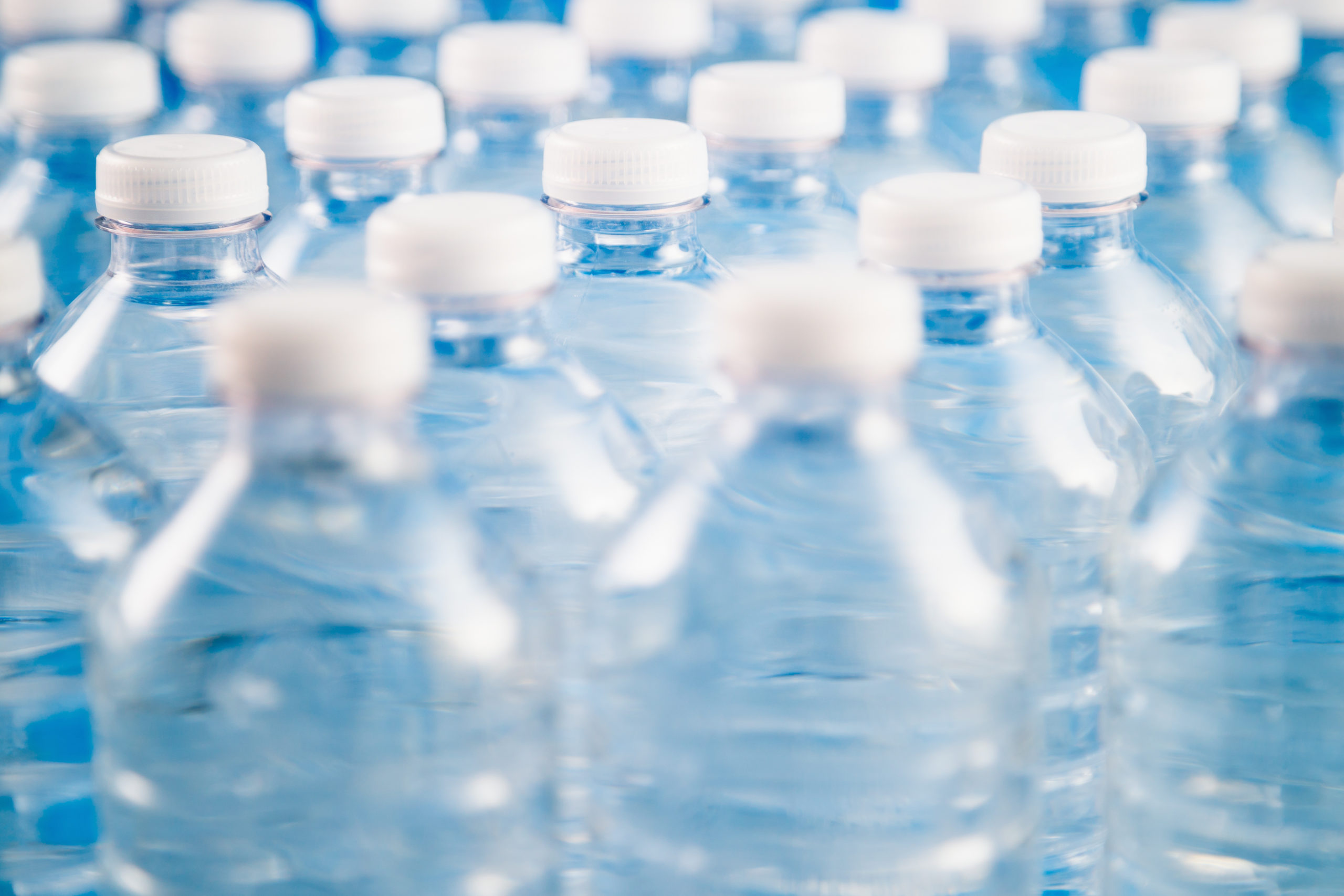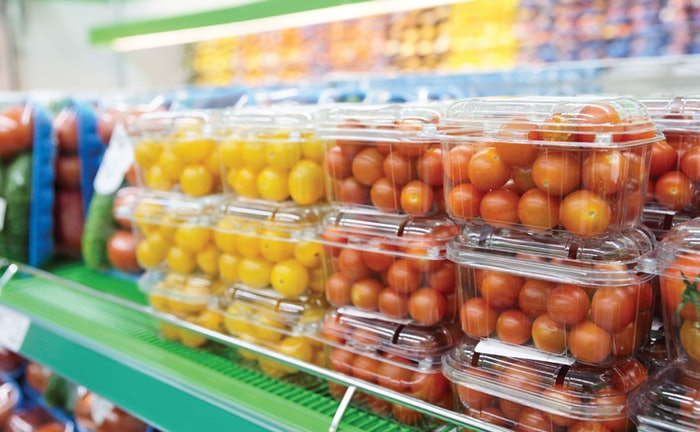A project conducted by the Natural Resources Institute at London’s University of Greenwich has resulted in the development of invisible UV-fluorescent markers used on the labels that, once placed on food-grade PET packaging, can be used to sort food from non-food. This would allow for easier sorting and greater use of rPET (recycled PET) among food packaging.
Chemical recycling of plastics is an alternative to traditional recycling, in that it converts plastics into either random or regular hydrocarbon fragments, after which it reforms and purifies these fragments into feedstock for repolymerization, which is the process of turning microbeads into solid polymers.
Traditionally, it has been very hard to separate waste from the plastic, a fact that made much of the plastic used in the food packaging industry unrecyclable.
In this week’s blog post, we will go over several different examples of manufacturers using this new tech
UK Company Goes Green
According to Greiner Packaging, one of the UK’s leading manufacturers in plastic food packaging, the need to include recycled content in their packaging has been on the top of their mind for several years now. In fact, Greinier was one of the founding members of the UK Plastic Pact, which set four overarching objectives to create a circular economy for plastics, of which one goal was to increase the rate of recycled content to 30%. Thanks to the new technology allowing recycled PET (rPET) and PP (rPP), they are closer than ever to achieve their goal.
As one of the larger producers of plastic packaging, Greinier saw it as a responsibility to be part of the solution. As media and consumers continue to post negative comments about plastics, they felt strongly that it is only those who work in the supply chain who can create meaningful change.
New FDA Approved Methods
Recycled Food Packaging
Back in the United States, the FDA has recently given the go ahead for Indorama Ventures, the world’s largest PET producer, to begin manufacturing recycled PET for use in food and drink packaging. The organization issued a letter which stated that Indorama Ventures glycolysis process can produce RPET for use with all food types.
According to the letter:
“Based on the description of the glycolysis you submitted for our review, we have determined that your process is similar to the glycolysis we have previously reviewed and found to be effective in cleaning and producing recycled PET of a purity suitable for food contact”
A Better Way to Ship
The FDA also approved the company SeaCap Plastic Packaging’s initiative to recycle PP into 100% recycled content corrugated cartons for shipping produce and seafood. These cartons could be exposed to a variety of temperatures ranging from room temp all the way down to freezing, as long as the food was not heated it remained safe.
According to the letter:
“Because of strict source control, there is little likelihood of unacceptable contaminant levels in the recycled PP material.”
Bottle-to-Bottle Recycling
Finally, the FDA also approved for the company Polymetrix to use a special HDPE recycling process, which, according to them is a “super clean” process that can recycle HDPE beverage containers into PCR for molding into 100% recycled-content bottles for milk, water and juices. These bottles could then be exposed to room temperature and refrigerated temperatures, making them safe and effective.
Austrian Company Expands Recycling System
The Austrian company PET-to-PET significantly increased it’s capacities for food grade recycled PET with the installation of another Starlinger bottle-to-bottle recycling system.
PET-to-PET recycled around 1.13 billion PET bottles into rPET in 2020.
The recoSTAR PET 165 HC iV+ bottle-to-bottle recycling system is the second line from Starlinger in operation at PET to PET. It has a throughput of 1,800 kg/h and achieves excellent decontamination results. The produced regranulate can replace virgin PET at a rate of 100%.
The company was able to increase throughput by 7.3% despite the COVID-19 pandemic with subsequent lockdowns
In Conclusion
Thanks to a new method of removing food waste from plastic packaging, the plastics industry, particularly plastic packaging manufacturers such as Greiner and SeaCap, are able to achieve greater sustainability. Also, plastic recyclers, such as PET-to-PET, are able to recycle even more content, and as such are growing their businesses even more.
Together, the plastics industry is one step closer to a solution to end plastic waste.


